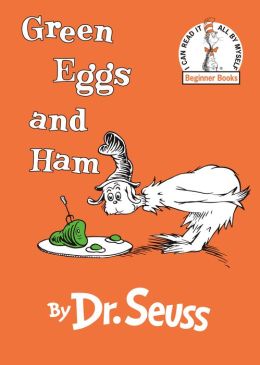Belonging is a wordless picture book which follows the life of Tracy through the view from her window. Through the illustrations on each page, we see the growth of Tracy from a little girl to a woman. She is usually seen in the garden through the window and personal items on her windowsill help to portray which phase of life she is going through.
Through her window, we also get the see the neighbourhood she grows up in and its progress over the years. We see how the residents of the neighbourhood take charge of the street they live in, changing it from an industrialised landscape full of concrete buildings to a place full of lush vegetation.
When Tracy is just a newborn baby, the garden of their home looks dry and does not have any plants. The surrounding buildings are run down with graffiti on the walls and in the distance, all we see is a concrete jungle. Not many people are seen along the streets as well.
Amid this heavily industrialised urban landscape, Tracy's neighbour can be seen planting a small plant in his garden. His garden flourishes over the years and when Tracy is 6 years old, he gives her a plant. This could have had a life-changing impact on Tracy as in the subsequent years, we see her cultivating her garden which continues to blossom.
Over the years, we also see Tracy's neighbour actively trying to change the landscape. When Tracy is 8 years old, he plants a tree in the public area opposite her house. 2 years later, he participates in a "Reclaim Your Street" campaign. By this time, many people have started spending time outdoors interacting with one another. We see other residents starting to play a more active role as well with more people planting plants and the street is transformed into a communal recreational area.
When Tracy turns 16, plants have even been planted along the main street and a park has opened in the distance. By the time she gets married at 22, the whole neighbourhood is teeming with vegetation. Finally, we see Tracy having a baby of her own and by then, the plants in the neighbourhood has become such an integral part of the lives of its residents.
This book subtly drives a powerful message that development and industralisation often harms the land we live in. As people living in this land, we must take the responsibility to restore it. Jeannie Barker portrays how a community can make a huge positive impact on their neighbourhood by being actively involved in bringing about change. We also see how an individual's efforts can influence a community by seeing how Tracy's neighbour, by giving Tracy a plant and planting a tree in a public space triggered a change in Tracy as well as the other residents in the neighbourhood.
In this book, each page is a collage which Jeannie Baker has done using real plants. This is particularly heartwarming as in this era filled with computer-aided graphic design, Jeannie Baker proves that there is still a place for the more traditional art forms. With the use of natural textures, she creates wonderful works of art which continues to touch the hearts of readers.

.JPG)
.JPG)
.JPG)

.JPG)

.JPG)



.JPG)







